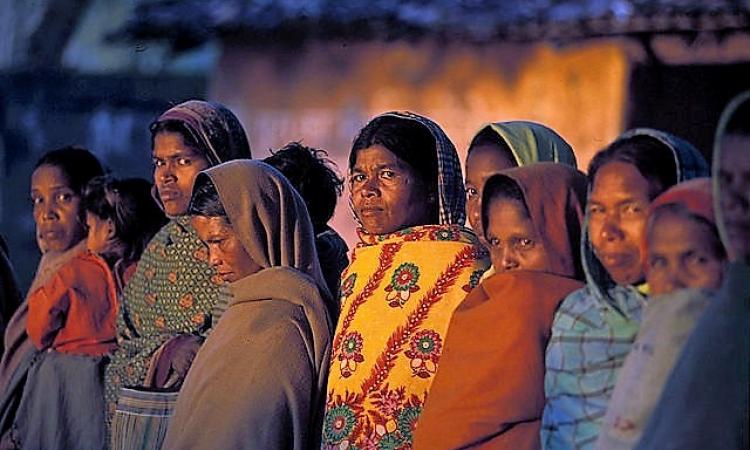
Does gender matter when it comes to sanitation? Apparently, it does. Women suffer more than men in case of poor access to sanitation that compromises their health, mobility and freedom. Since there is a possibility of being sexually assaulted or harassed while answering nature’s call in the open, they hesitate to drink enough water to avoid urinating leading to various diseases like urinary tract infections, heat stroke, kidney infections, etc. Women often hold the urge to defecate due to the lack of access to sanitation leading to chronic constipation and intestinal damage. Some of them avoid having a full meal, putting them at a risk of malnutrition. Pelvic inflammatory diseases and reproductive tract infections from a lack of menstrual hygiene are prevalent, too in the absence of access to toilets.
Women and sanitation decisions
A high percentage of women still lack access to sanitation in India. While increased autonomy among women is believed to influence sanitation-related decision making, very few studies in India have explored how much can women participate in discussions and decisions related to sanitation at the household level. This paper titled “Women’s role in sanitation decision making in rural coastal Odisha, India” published in PLoS One has findings of a study from the coastal district of Puri, Odisha that explores this crucial aspect.
The paper argues that decision-making related to sanitation cannot be viewed in isolation and needs to be understood in the context of power relations between men and women.
Men of the household have an upper hand in all decisions related to health care, access to water supply, purchases for daily needs, visiting family and friends, upgrading the house, buying livestock, etc in Puri. Women only get to decide about daily meals where men’s involvement is minimal.
In sanitation-related matters such as latrine building too, it is the men who take crucial decisions like site identification, raw materials needed for construction, arranging masons for latrine building and investment.
Latrine installation is perceived as expensive, so men who control the household budget, are many a time not keen to build it or prefer to keep it unfinished or nonfunctional. Some wait for government subsidies to build them.
Women face barriers in voicing their needs
Power hierarchy and economic status influence decision making in a family. A son who earns or an elderly mother-in-law has a bigger say in decision making than the daughter or the daughter-in-law of the house. Women are totally dependent on their spouses or someone considered as a guardian such as a father-in-law or the earning members of the family to decide on the activities that have economic implications such as building latrines.
Women have a negative perception of their ability to take decisions and continue to depend on men for household-level decisions. Their restricted life in the village and confinement in their houses make them less confident about their own capacities.
A majority of the households in Puri district are patriarchal. Women have unequal access to their husband’s parental property that could include land or any other asset. Thus, even when some women want to have toilets on their lands, they need permission from the husband or the father-in-law. At times, disputes among brothers regarding parental property division also come in between the decision to build latrines. Although women who work as labourers are found to have some say in household decisions, they do not have lands to build latrines on.
Sanitation interventions reinforce patriarchal norms
Sanitation interventions directed at rural households such as the Total Sanitation Campaign (TSC), Nirmal Bharat Abhiyan (NBA) and Community-Led Total Sanitation (CLTS), do not address the social and political dynamics and gender inequalities at the household level that determine latrine adoption. The slogans used at the national and state level to promote latrine adoption are found to reinforce patriarchal ideas by focusing only on women’s need for latrines to safeguard their dignity and modesty, leaving the men out of its ambit.
What needs to be done?
The paper ends with recommendations for sanitation policy makers, planners and local promoters to improve participation of women in decision making:
- Interventions aimed for sanitation promotion and sanitation behaviour change should take into consideration household-level dynamics and unequal power relations between men and women.
- Strategies need to be developed to involve both men and women from different age groups in the decision-making process at different stages of sanitation intervention (pre- and post-latrine construction).
- Care needs to be taken to see that content from the mass media is gender sensitive, should address both men and women, and avoid propagating patriarchal stereotypes.
A copy of the paper can be downloaded from below: